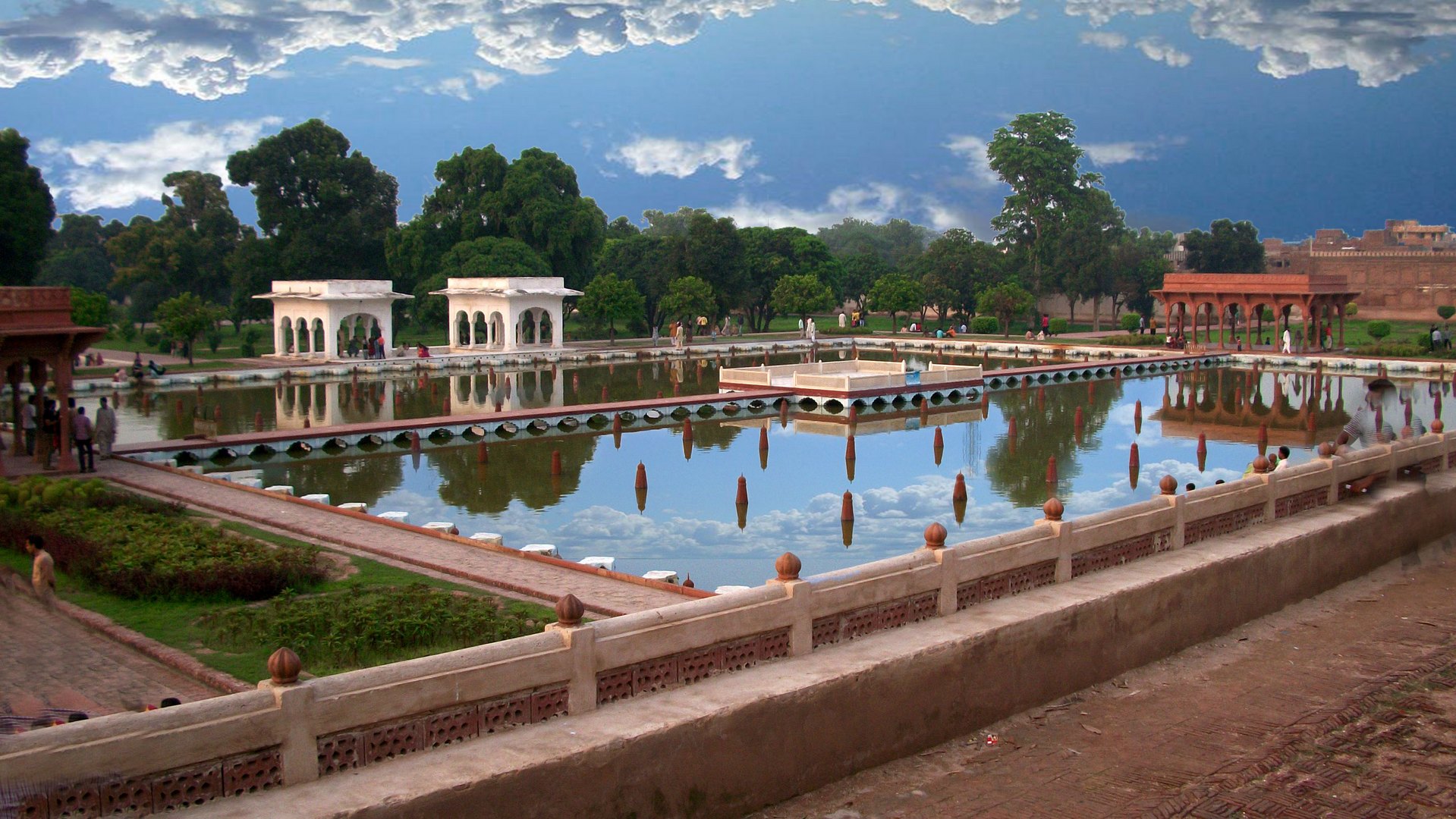Introduction
Pakistan, with its rich cultural and historical tapestry, is home to some of the most fascinating ancient sites in the world. These landmarks, scattered across the country, bear witness to centuries of human ingenuity, resilience, and spiritual pursuit. Exploring the ancient places in Pakistan means stepping into a world of architectural marvels, archaeological treasures, and historical narratives that continue to captivate the imagination.
Among these historical gems, the ancient places in Punjab Pakistan stand out for their diversity and cultural richness. Punjab, often referred to as the “Land of Five Rivers,” has been a cradle of ancient civilizations, home to empires and kingdoms that left an indelible mark on its history.
From the Indus Valley Civilization to the Mughal Empire, these ancient sites offer insights into the evolution of societies, showcasing the brilliance of early urban planners, artisans, and architects. Whether you’re an avid history enthusiast or a casual traveler, these sites promise a memorable journey into the past.
Why Visit Ancient Places in Pakistan?
The ancient places in Pakistan are more than just relics of the past; they are vital threads in the fabric of global history. Here’s why they are worth exploring:
- Cultural Significance: These sites narrate the story of Pakistan’s diverse cultural heritage .
- Architectural Marvels: The intricate craftsmanship and monumental designs reflect the skill of ancient builders.
- Spiritual Insights: Many sites hold profound spiritual and religious importance.
- Educational Value: They offer a treasure trove of knowledge about early civilizations, trade, and art.
- Connection to Nature: Many ancient sites surround breathtaking landscapes, enhancing their allure.
Top Ancient Places in Pakistan
1. Mohenjo-Daro
A UNESCO World Heritage Site, Mohenjo-Daro is one of the most renowned ancient places in Pakistan. Located in Sindh, this city of the Indus Valley Civilization (circa 2500 BCE) is a testament to early urban planning and architectural sophistication.
Highlights:
- The Great Bath, a remarkable water management structure
- Granaries that indicate organized trade and storage
- Seals, ornaments, and pottery reflecting cultural practices
Mohenjo-Daro showcases the advanced societal organization of the Indus people, offering a glimpse into a civilization far ahead of its time.
2. Harappa
Harappa, located in Punjab, is another iconic site of the Indus Valley Civilization. Known for its meticulous planning, Harappa provides a window into early urban settlements.
Highlights:
- Artifacts like seals and tools
- Sophisticated drainage systems
- Museum exhibits detailing Harappan life
3. Taxila
Taxila is a city that thrived as a center of learning and culture during the Gandhara civilization. Located in Punjab, it attracted scholars, travelers, and traders from across the ancient world.
Highlights:
- Dharmarajika Stupa, an important Buddhist relic
- Sirkap and Sirsukh, ancient city ruins
- Julian Monastery, showcasing Buddhist architecture
Taxila is a must-visit for anyone interested in Buddhist history and Gandhara art.
4. Rohtas Fort
Rohtas Fort, a 16th-century masterpiece, was built by Sher Shah Suri to defend his empire. Situated near Jhelum, this fort is an excellent example of military architecture combined with aesthetic beauty.
Highlights:
- Sohail Gate and its intricate design
- Haveli Man Singh showcases a blend of Hindu and Islamic architecture
- Stunning views of the surrounding landscape
5. Lahore Fort and Shalimar Gardens
Lahore Fort and Shalimar Gardens, UNESCO World Heritage Sites, represent the zenith of Mughal architecture. These landmarks in Lahore are among the most celebrated ancient places in Punjab Pakistan.
Highlights:
- Sheesh Mahal (Palace of Mirrors), a masterpiece of decorative art
- The Grand Alamgiri Gate
- Shalimar Gardens’ terraced layout and water channels
Ancient Places in Punjab Pakistan
Punjab holds a special place in Pakistan’s history, serving as a melting pot of cultures, religions, and civilizations. The ancient places in Punjab Pakistan reflect this rich legacy, offering a diverse range of sites to explore.
1. Hiran Minar, Sheikhupura
Hiran Minar, built during Emperor Jahangir’s reign, is a tribute to his pet antelope. This Mughal-era site, surrounded by a tranquil water tank, is a blend of architecture and natural beauty.
Key Features:
- Circular minaret with unique engravings
- Baradari (pavilion) situated in the middle of the tank
2. Derawar Fort, Bahawalpur
In the vast Cholistan Desert lies Derawar Fort, a stunning example of fortification with an enigmatic history. Its imposing structure stands as a testament to the region’s strategic significance.
Key Features:
- Massive 40 bastions encircling the fort
- Ancient underground chambers and tunnels
3. Noor Mahal, Bahawalpur
Noor Mahal, a symbol of architectural elegance, is one of the most picturesque landmarks in Punjab. Built by the Nawabs of Bahawalpur, it combines European and Mughal styles seamlessly.
Key Features:
- Opulent interiors with ornate ceilings
- A rich history of the Nawabi era
4. Katas Raj Temples
The Katas Raj Temples in Chakwal are a sacred Hindu site dating back centuries. This complex of temples surrounds a sacred pond believed to have mythological significance.
Key Features:
- The pond, associated with the legend of Shiva
- Intricately carved temple facades
5. Multan’s Ancient Shrines
Known as the City of Saints, Multan is home to numerous ancient shrines and monuments. These sites are of spiritual and architectural importance.
Key Shrines:
- Shrine of Shah Rukn-e-Alam
- Shrine of Bahauddin Zakariya
Exploring the History of Punjab
Punjab has been the epicenter of various historical epochs, from the Aryans and Greeks to the Mughals and Sikhs. Each period has left an indelible mark on its landscape, making the ancient places in Punjab Pakistan a treasure trove of stories and artifacts.
Tips for Visiting Ancient Places in Pakistan
- Plan: Research the sites you wish to visit to make the most of your trip.
- Respect Local Culture: Dress modestly and follow cultural norms, especially at religious sites.
- Stay Hydrated: Many ancient sites are located in arid regions, so carry water.
- Capture Memories: Photography is often allowed, but ensure you follow guidelines.
- Engage a Guide: A knowledgeable guide can provide invaluable insights.
Preserving Pakistan’s Heritage
The preservation of ancient places in Pakistan is essential to safeguarding its cultural identity. Unfortunately, many sites are under threat due to urbanization, climate change, and neglect.
Key Efforts Needed
- Government Initiatives: Increased funding and policies for conservation
- Community Engagement: Local communities can play a vital role in protecting sites
- Responsible Tourism: Visitors should minimize their environmental impact
By supporting preservation efforts, we ensure these historical treasures remain intact for future generations to admire and learn from.
Conclusion
The ancient places in Pakistan, particularly those in Punjab, are gateways to the past, offering timeless lessons in culture, architecture, and human resilience. From the iconic ruins of Mohenjo-Daro to the majestic Derawar Fort, each site is a chapter in the story of a civilization that continues to inspire awe.
Exploring these ancient places in Punjab Pakistan is more than just a journey; it’s a chance to connect with the roots of human civilization and marvel at the ingenuity of our ancestors. As stewards of this heritage, it’s our responsibility to protect and cherish these wonders, ensuring they remain a source of pride and knowledge for generations to come.
Embark on this enriching journey and let the ancient places of Pakistan leave an indelible mark on your heart and mind.


